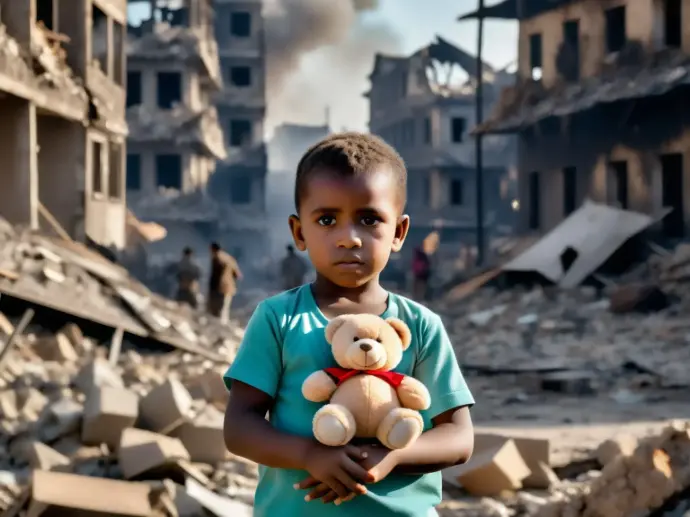
Armed conflicts:
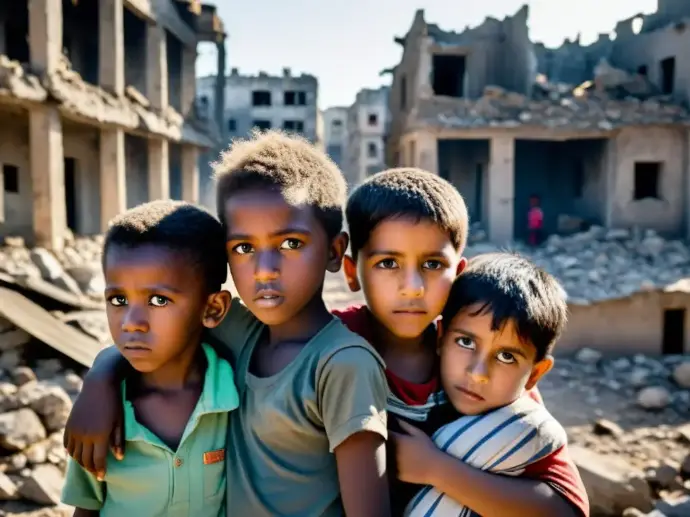
The protection of
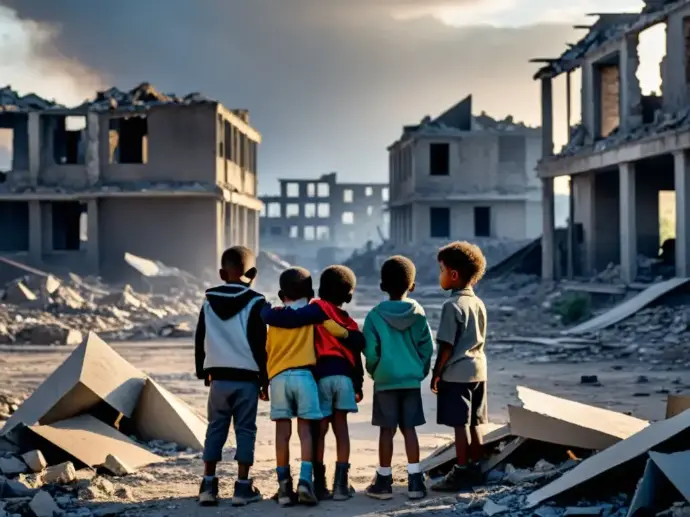
children in war zones
On this platform, we delve into a detailed analysis of human rights worldwide, exploring each facet in detail. In our feature article "Armed Conflicts: Protecting Children in War Zones", we address the crucial issue of protecting children in the midst of armed conflict. How can their safety be guaranteed in such adverse situations? Join us on this journey of discovery and reflection!
Table of Contents
1- Introduction
The impact of armed conflict on children
Importance of child protection in war zones
International legislation and regulations
2- Protection of children in armed conflict
Definition and scope of child protection in war zones
Psychological and physical consequences for children affected by armed conflict
Access to education and health care
Forced displacement and refuge
3 - Challenges and obstacles in the protection of children in war zones
Lack of humanitarian access
Forced recruitment of children as soldiers
Impact of violence in the family and community environment
Challenges in the social reintegration of affected children
4 - Protection actions and programmes
Psychosocial and emotional support programmes
Legal protection and defence of the rights of children in armed conflict
Reintegration and support for a dignified life
5 - Long-term impact and perspectives
Repercussions on the development and future of children affected by armed conflict
Role of the international community in the protection of children Children in war zones
The role of education in preventing future armed conflicts
6 - Conclusions
Advances and challenges in the protection of children in armed conflicts
Importance of awareness and global action
Continued commitment to defending the rights of children in war zones
7 - Frequently asked questions
1. What are the main risks faced by children in areas of armed conflict?
2. What measures can be taken to protect children in situations of armed conflict?
3. What is the role of human rights defenders in the protection of children in armed conflict?
4. How does war affect children's mental health?
5. What can individuals do to contribute to the protection of children in armed conflict?
8 - Final reflection: Protecting hope in the midst of conflict
The protection of children in war zones is more relevant than ever in our current society, where armed conflict continues to threaten the safety and well-being of the most vulnerable.
1- Introduction

The impact of armed conflict on children
Armed conflict has a devastating impact on the lives of children, especially in war zones. These environments of violence and chaos expose children to a range of physical and psychological dangers. Many face forced recruitment, sexual violence, forced displacement, lack of access to education and inadequate health care. Furthermore, constant exposure to violence can leave deep emotional and psychological scars on children, affecting their long-term development.
Children are especially vulnerable during armed conflict, as they do not have the capacity to protect themselves and often become innocent victims of the brutality of war. The lack of food, clean water and safe shelter also contributes to their vulnerability, making the protection of children in war zones an urgent priority on the global human rights agenda.
To understand the importance of protecting children in war zones, it is crucial to analyse the profound impact that these conflicts have on their physical, emotional and psychological well-being. The international community recognizes the need to address this problem in a comprehensive and urgent manner.

Importance of protecting children in war zones
Protecting children in war zones is of vital importance due to the extreme vulnerability they face in these environments. Ensuring their safety and well-being is not only an ethical imperative, but is also critical to the future of societies affected by armed conflict. Children are the backbone of future generations, and their protection is essential for the long-term reconstruction and stability of communities affected by war.
Furthermore, protecting children in war zones is a fundamental requirement for the fulfilment of universal human rights. Children have the right to live free from fear, violence and deprivation, regardless of the context in which they find themselves. Protecting children during armed conflict also contributes to the prevention of trauma and psychological scars that could affect their future development.
Investing in child protection programmes in war zones not only saves lives, but also lays the foundation for building more stable and peaceful societies in the future. The protection of children in conflict situations is an unavoidable commitment that requires the collaboration and coordinated action of governments, international organizations and civil society as a whole.

International Law and Regulations
The protection of children in war zones is supported by a strong international legal and regulatory framework. The Convention on the Rights of the Child, adopted by the United Nations General Assembly in 1989, clearly sets out the fundamental rights of children, including their protection during armed conflict. This international treaty obliges States parties to take all necessary measures to ensure the protection and well-being of children in situations of conflict.
In addition, the Optional Protocol to the Convention on the Rights of the Child on the involvement of children in armed conflict prohibits the recruitment and participation of children in hostilities. This protocol complements the provisions of the Convention and sets clear standards for the protection of children in situations of armed conflict.
The international community recognises the importance of these regulations and works together for their effective implementation. Despite the challenges in conflict settings, it is crucial that States, international organisations and civil society come together to ensure that the protection of children in war zones is a constant priority and a tangible reality around the world.
2- Protection of children in armed conflict
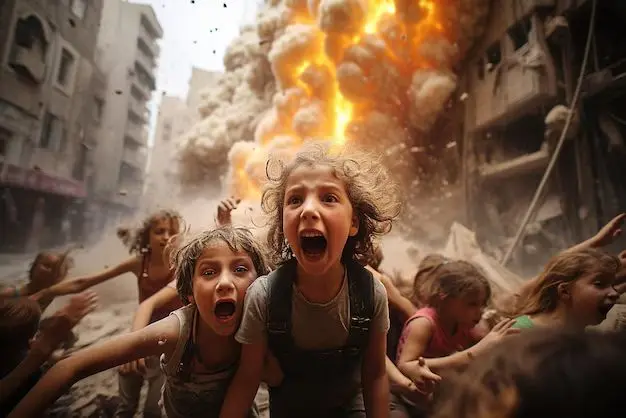
Definition and scope of child protection in war zones
The protection of children in war zones refers to measures and actions aimed at safeguarding the physical, psychological and emotional integrity of children caught in armed conflict. This concept ranges from the prevention of child recruitment to the provision of medical care, food, shelter and psychological support. The protection of children in war zones is governed by international humanitarian law, which sets standards for protecting civilians, including children, during armed conflict.
The scope of child protection in war zones covers the prevention of and response to situations of violence, abuse, exploitation, forced displacement and any other form of violation of the fundamental rights of children. In addition, it seeks to ensure that children have access to education, medical care and emotional support, despite the adverse circumstances in which they find themselves.
Protecting children in war zones is essential to mitigate the devastating impact that armed conflict has on children, and to lay the foundations for a brighter future for future generations in these war-affected regions.

Psychological and physical consequences in children affected by armed conflict
Children affected by armed conflict face a range of devastating psychological and physical consequences as a result of exposure to violence, displacement, loss of loved ones and destruction of their homes and communities. At the psychological level, children may experience trauma, anxiety, depression, post-traumatic stress and other mental disorders as a result of directly witnessed or experienced violence.
At the physical level, children in war zones face a higher risk of injury, disability, malnutrition and disease due to lack of access to adequate health care, clean water and nutritious food. These consequences have a lasting impact on children's health and well-being, and require specialized interventions to mitigate their long-term impact.
It is crucial to provide psychological support and specialized medical care to children affected by armed conflict, in order to mitigate the psychological and physical consequences, and promote their recovery and comprehensive well-being.
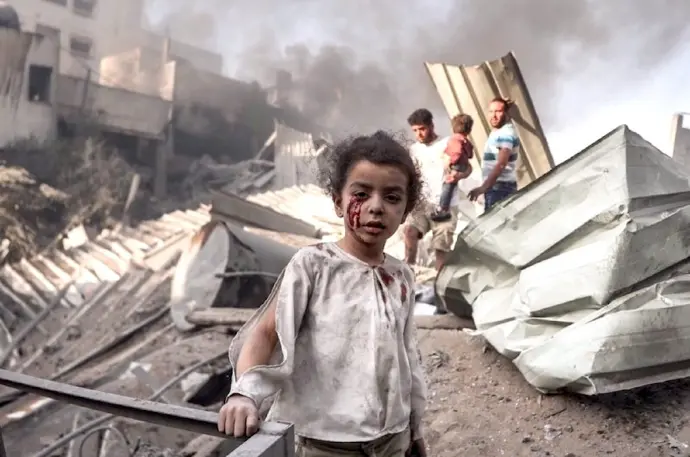
Access to education and healthcare
Access to education and healthcare is critical to ensuring the well-being and development of children in war zones. However, armed conflict often severely disrupts access to these essential services, leaving children in situations of extreme vulnerability.
Lack of access to education deprives children of opportunities for learning, personal development and socialisation, which can have long-term repercussions on their lives. Furthermore, disruption of healthcare services puts children’s health and well-being at risk, increasing the incidence of preventable diseases and worsening existing health conditions.
It is imperative that measures be taken to ensure continued access to education and healthcare for children in war zones, through the implementation of educational programmes, the provision of mobile health services and the creation of safe and protective environments for children affected by conflict.

Forced displacement and refuge
Forced displacement and refugee seeking are shocking realities for millions of children caught up in armed conflict around the world. These children, along with their families, are forced to leave their homes in search of safety and protection. In many cases, they face dangerous journeys and extreme conditions as they seek refuge in makeshift camps or in neighbouring countries.
Protecting displaced children in war zones is critical to ensuring their well-being and survival. In addition to physical safety, providing them with access to education, healthcare and the psychological support needed to overcome the trauma they have experienced is crucial. Humanitarian organisations and government agencies play a crucial role in providing assistance to these children and their families, ensuring safe conditions and offering humanitarian aid at the most critical times.
The international community has a responsibility to protect and support displaced children in conflict zones. International treaties, such as the Convention on the Rights of the Child, clearly set out the rights of displaced and refugee children, and it is imperative that States and organisations work together to ensure that they are upheld. Long-term attention to the needs of these children is essential to providing them with the opportunity for a stable and secure future, despite the adverse circumstances in which they find themselves.
3 - Challenges and obstacles in the protection of children in war zones
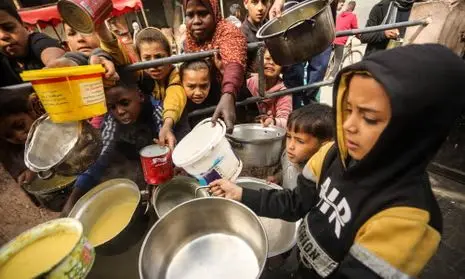
Lack of humanitarian access
In areas of armed conflict, lack of humanitarian access is one of the main obstacles to ensuring the protection of children. The presence of physical barriers, such as military blockades or impassable roads, makes it difficult to deliver humanitarian aid, including food, medicine and shelter. This situation puts children's survival at risk, leaving them exposed to disease, malnutrition and other precarious conditions.
Furthermore, lack of humanitarian access also makes it difficult to identify and support children who have been separated from their families or orphaned by the conflict. Without the presence of humanitarian organizations, these children are left unprotected and vulnerable to exploitation, forced recruitment and abuse.
It is crucial that the international community and actors in conflict ensure humanitarian access to protect children in these situations, providing the necessary assistance and facilitating the work of humanitarian organizations.
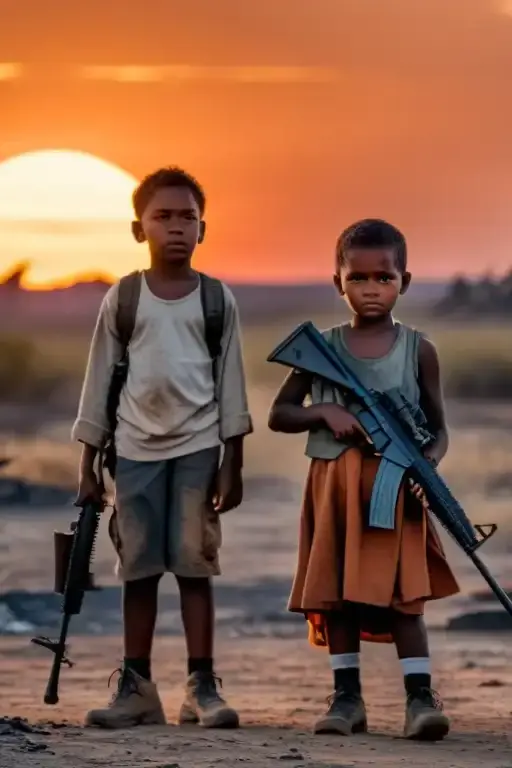
Forced recruitment of children as soldiers
One of the most alarming challenges in areas of armed conflict is the forced recruitment of children as soldiers. Armed groups and military forces recruit children, often through coercion, deception or abduction, to participate in hostilities. This recruitment not only exposes children to immediate danger, but also has long-term consequences on their physical and psychological well-being.
Children who are recruited as soldiers face a high risk of injury, trauma and death, being used in combat roles for which they are physically and emotionally unprepared. In addition, recruitment deprives them of their right to education, health and a safe and secure childhood.
It is critical that the international community, governments and humanitarian organisations work together to prevent and stop the recruitment of children as soldiers, as well as to provide comprehensive support to those who have been released from these circumstances.
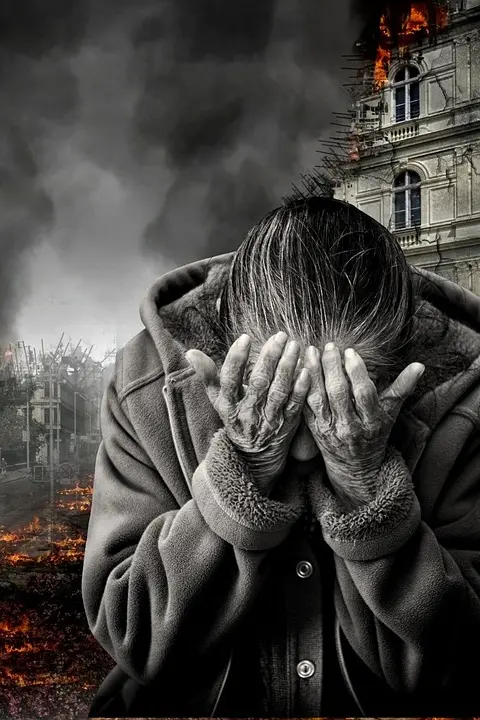
Impact of violence in the family and community environment
Violence in areas of armed conflict not only directly affects children, but also has a devastating impact on their family and community environment. Families forced to flee their homes due to violence face enormous challenges in protecting and caring for their children. Lack of housing, food and basic services increases children's vulnerability and exposes them to risks of exploitation, abuse and forced recruitment.
Furthermore, violence in the family and community environment has significant psychological effects on children, causing trauma, anxiety and emotional stress. The long-term impact of exposure to violence can affect children's cognitive, emotional and social development, compromising their well-being throughout their lives.
To protect children in areas of armed conflict, it is critical to address not only the direct violence they face, but also the consequences in their family and community environment. This requires comprehensive measures that protect displaced families, provide psychosocial support to affected children and promote safe and protective environments for their development.
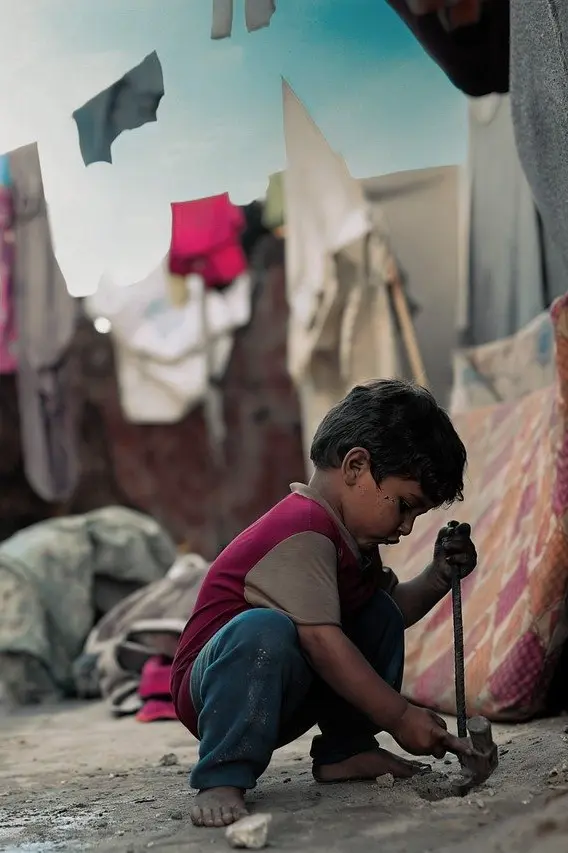
Challenges in the social reintegration of affected children
The social reintegration of children affected by armed conflict represents a significant challenge due to the emotional, psychological and physical after-effects they face. These children have been exposed to extreme situations of violence, loss of loved ones, forced recruitment, abuse and displacement, which can lead to deep trauma and difficulties in adapting to a safe and stable environment once the conflict has ended.
The lack of adequate resources for reintegration, including health care, psychological support, education and employment opportunities, further hinders the process of recovery and adaptation of these children to everyday life. In addition, stigmatization and discrimination by the community can hinder their reintegration, perpetuating the cycle of marginalization and social exclusion.
It is essential to implement comprehensive support and assistance programs for the reintegration of children affected by armed conflict, which address their emotional, educational and social needs. These programs should engage the community, provide a safe and protective environment, and encourage children's active participation in rebuilding their lives, allowing them to regain a sense of normality and hope for the future.
4 - Protection actions and programmes

Protection actions and programmes
Armed conflicts represent one of the most challenging situations for the protection of children's rights worldwide. Faced with this problem, various international organisations play a fundamental role in finding solutions and implementing concrete measures to protect children in war zones.
The intervention of international organisations, such as UNICEF, Save the Children and the International Committee of the Red Cross, is crucial to guarantee the protection of children in armed conflict. These entities work closely with governments and other local organisations to provide humanitarian assistance, access to education, medical care and psychosocial support to children affected by war. In addition, these organisations play a key role in raising awareness and defending children's rights internationally, advocating for policies that promote their protection and well-being.
The work of these international organisations is essential to mitigate the devastating impact of armed conflicts on the lives of children, providing comprehensive support that addresses both their physical and emotional needs in an environment as challenging as a war zone.

Psychosocial and emotional support programs
Amid the violence and destruction that characterize armed conflict, children are exposed to traumatic situations that can leave lasting emotional scars. This is why psychosocial and emotional support programs play a crucial role in the protection of children in war zones.
These programs, implemented by humanitarian organizations and government agencies, seek to provide a safe and emotionally supportive environment for children who have experienced the horror of war. Through recreational activities, individual and group counseling, and strengthening skills to cope with stress and anxiety, they seek to mitigate the negative emotional impact that can arise in contexts of armed conflict.
Psychosocial and emotional support not only contributes to the individual recovery of children, but also strengthens their resilience and ability to face the challenges presented in hostile environments. These programs represent an essential tool to protect the mental and emotional health of children affected by war, providing them with a safe space to express their emotions and regain a sense of normality in extraordinarily difficult circumstances.
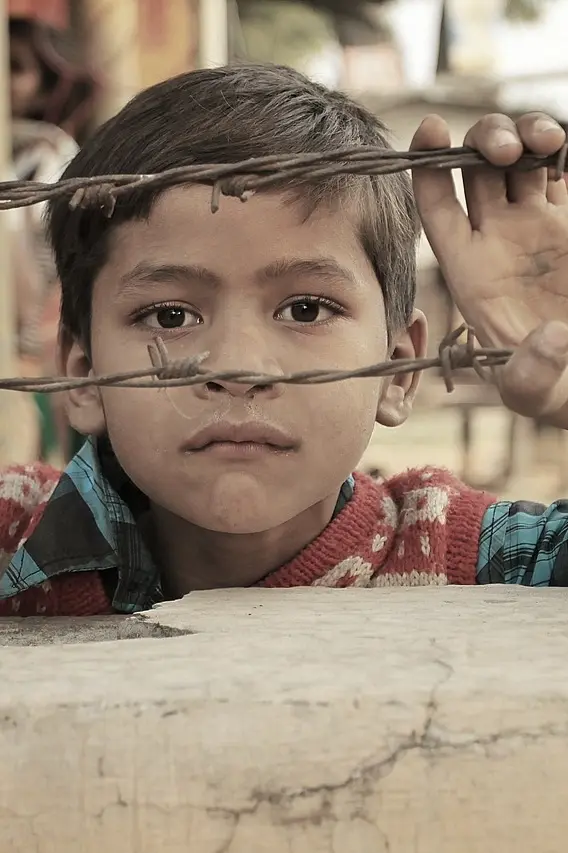
Legal protection and advocacy for children in armed conflict
Legal protection and advocacy for children in armed conflict are essential to ensuring their well-being and safety in the midst of adverse situations such as war. At the international level, there are specific legal instruments and protocols designed to protect children during armed conflict, such as the Optional Protocol to the Convention on the Rights of the Child on the involvement of children in armed conflict.
In addition, organizations such as Human Rights Watch and Amnesty International, among others, play a crucial role in denouncing human rights violations and lobbying for the respect and protection of children's rights in war zones. These organizations conduct extensive research, document abuses and violations, and advocate for accountability of those responsible, thus contributing to the legal protection of children in contexts of armed conflict.
Legal protection and upholding the rights of children in armed conflict are essential to ensure that international standards and humanitarian principles are applied in the protection of children, even in the most hostile and challenging environments.

Reintegration and support for a dignified life
The reintegration of children affected by armed conflict is a crucial aspect of ensuring their future well-being. After experiencing traumatic situations, many children need psychological, educational and social support in order to be able to reintegrate into society in a healthy way. International organizations, such as UNICEF, work on psychosocial and educational support programs, as well as on reunification with their families when possible.
Comprehensive care for former child soldiers includes the provision of mental health services, education adapted to their needs and job training opportunities. In addition, it is essential that they receive medical care to treat the physical after-effects of war, as well as support to rebuild their lives in safe and stable environments. The international community and local governments play a crucial role in creating sustainable programs that address the needs of these children and give them the opportunity to have a dignified and productive life.
Reintegration and support for a dignified life for children affected by armed conflict is a long and complex process that requires the ongoing commitment of governments, non-governmental organizations and society as a whole. Investment in comprehensive support programs not only benefits the children directly involved, but also contributes to building more stable and peaceful societies in the future.
5 - Long-term impact and perspectives
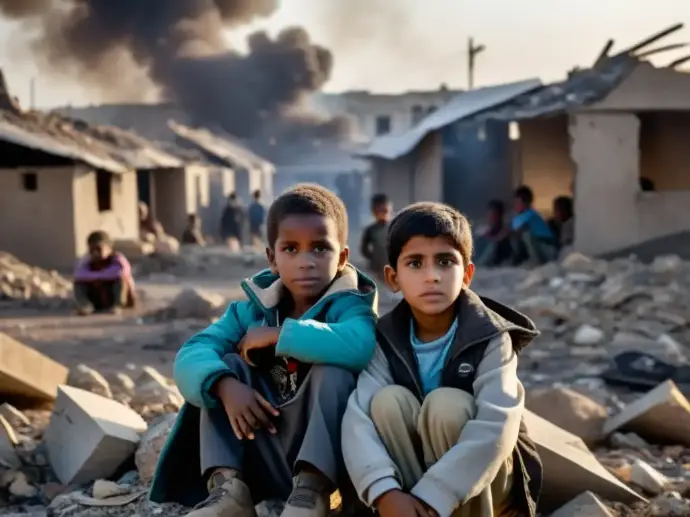
Impact on the development and future of children affected by armed conflict
Access to education and healthcare is critical to ensuring the well-being and development of children in war zones. However, armed conflict often severely disrupts access to these essential services, leaving children in situations of extreme vulnerability.
Lack of access to education deprives children of opportunities for learning, personal development and socialisation, which can have long-term repercussions on their lives. Furthermore, disruption of healthcare services puts children’s health and well-being at risk, increasing the incidence of preventable diseases and worsening existing health conditions.
It is imperative that measures be taken to ensure continued access to education and healthcare for children in war zones, through the implementation of educational programmes, the provision of mobile health services and the creation of safe and protective environments for children affected by conflict.
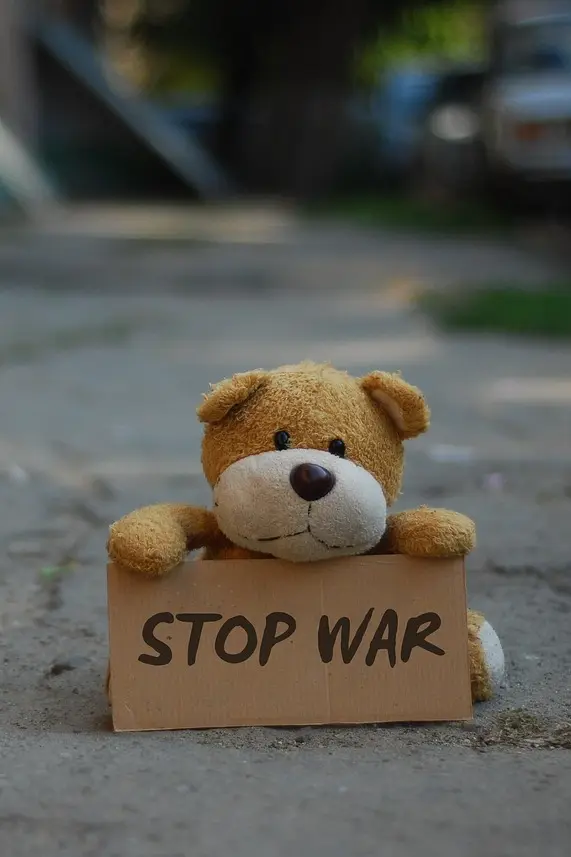
Impact on the development and future of children affected by armed conflict
Armed conflict has a devastating impact on the development and future of children who are affected by it. Exposure to violence, forced displacement, lack of access to education and health care, as well as forced recruitment by armed groups, are just some of the realities faced by these children. These traumatic experiences can have long-lasting effects on their psychological and emotional well-being, as well as their ability to reach their full potential in the future.
Children who have witnessed or been victims of armed conflict face significant challenges to their physical, cognitive and emotional development. The lack of a safe and stable environment, coupled with disruption to their education and limited access to mental health services, can have long-term consequences. These children also face a higher risk of being trapped in a cycle of poverty and violence, further undermining their chances for a prosperous and peaceful future.
Addressing the specific needs of these children by providing them with psychological support, access to education, healthcare and opportunities to rebuild their lives is critical. In addition, efforts must be made to prevent future armed conflicts and protect children from being recruited or used as targets in the context of war.

Role of the international community in protecting children in war zones
The protection of children in war zones is a challenge that requires a coordinated response at the international level. The international community plays a crucial role in defending and promoting the rights of children affected by armed conflict, through the adoption and implementation of international laws and treaties, as well as the provision of humanitarian assistance and support for the reconstruction of affected communities.
Efforts to protect children in war zones also involve monitoring and reporting violations of their rights, as well as working with governments and local actors to ensure their safety and well-being. Diplomatic pressure, monitoring of crisis situations and mobilizing resources are key elements in the work of the international community in this area.
In addition, international and non-governmental organizations play a fundamental role in providing direct assistance to children affected by armed conflict, including the provision of shelter, food, medical care and psychological support. Cooperation between different actors at the global level is essential to effectively address the needs and challenges faced by these children.
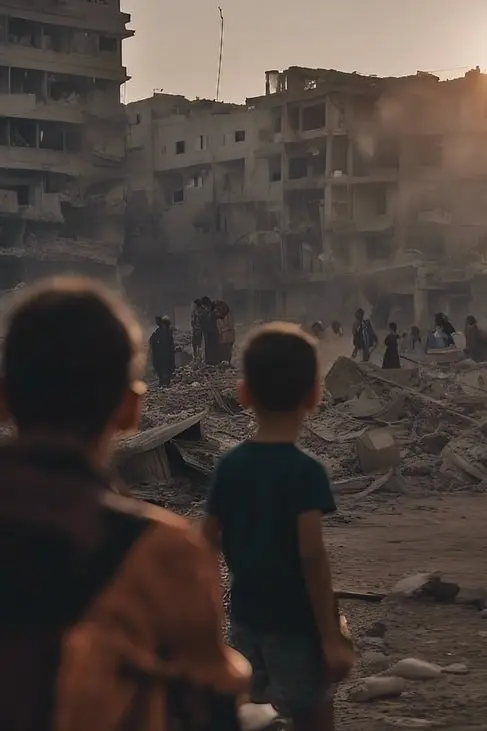
The role of education in preventing future armed conflicts
Education plays a crucial role in preventing future armed conflicts by fostering understanding, tolerance and peaceful conflict resolution. Providing access to quality education in war-affected areas is not only critical for children’s individual development, but also contributes to building more just and peaceful societies in the long term.
Education in conflict contexts not only offers children the opportunity to acquire knowledge and skills, but also provides them with a sense of normality, stability and hope in the midst of adversity. Education can be a key factor in protecting children from recruitment by armed groups, while providing them with the tools necessary to contribute to the reconstruction and stability of their communities in the future.
Furthermore, education in values of peace, human rights and mutual respect can help break the cycle of violence and conflict, laying the foundations for more inclusive and resilient societies. Investing in the education of children affected by armed conflict is also an investment in the future, with the potential to have a positive long-term impact on preventing new conflicts and promoting peace.
6 - Conclusions
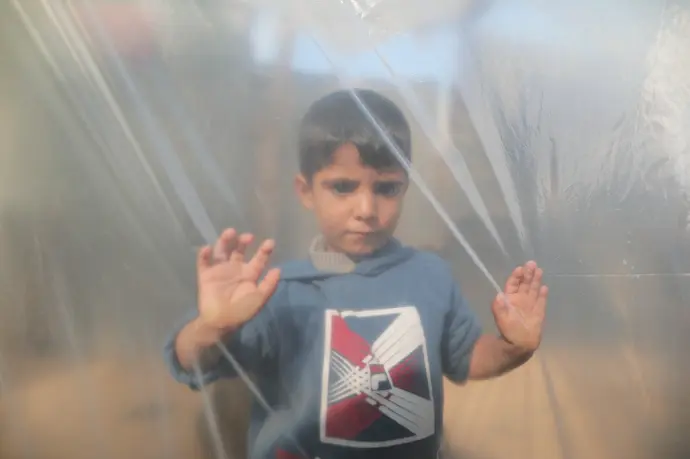
Progress and challenges in the protection of children in armed conflict
The protection of children in war zones has seen significant progress in recent decades, with the adoption of international protocols and the creation of specific laws to protect minors in conflict situations. However, challenges remain, as many children continue to be recruited as soldiers, used as human shields or exposed to serious dangers in the midst of armed confrontations.
It is essential to continue working on the effective implementation of existing protection mechanisms, as well as on the promotion of policies that guarantee the respect and safety of children in armed conflict.
The international community must continue to press for States to comply with their obligations regarding the protection of children in war contexts, and for concrete measures to be adopted to guarantee a safe and dignified environment for all children affected by armed conflict.
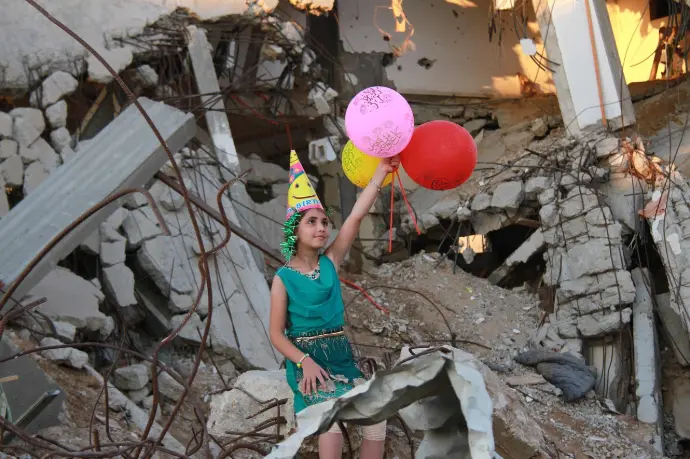
Importance of global awareness and action
Global awareness and action are essential to address the protection of children in war zones. It is necessary to raise awareness in society about the serious consequences that armed conflicts have on the lives of children, as well as to promote solidarity and support for initiatives that seek to protect and assist affected children.
International organizations, governments and civil society must join forces to ensure that the protection of children in war contexts is a priority on the global agenda. This involves the allocation of resources, collaboration between key actors and the promotion of humanitarian aid programs specifically targeting children in conflict situations.
Global action also includes promoting campaigns to prevent child recruitment, denouncing violations of children's rights in armed conflict and defending justice and accountability in cases of abuse against children.
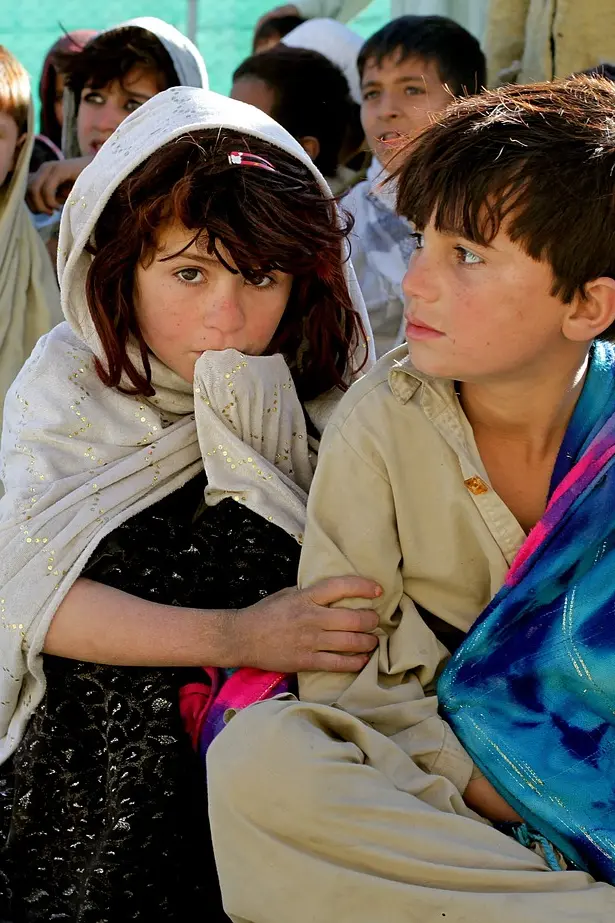
Continued commitment to defending the rights of children in war zones
Continued commitment to defending the rights of children in war zones is essential to ensure a safer and more promising future for generations to come. This includes promoting education in conflict contexts, providing psychosocial support to affected children and working on the reintegration of child soldiers into their communities.
Furthermore, it is crucial to continue advocating for a cessation of hostilities in areas where children are caught in the midst of violence, as well as for humanitarian access to provide life-saving assistance to children and their families. The continued engagement of the international community, non-governmental organizations and human rights defenders is essential to achieving significant progress in the protection of children in war zones.
Ultimately, defending the rights of children in contexts of armed conflict requires sustained commitment and concrete actions at the local, national and international levels, in order to ensure a safe and protective environment for all children, no matter where they are.
7 - Frequently Asked Questions
1. What are the main risks faced by children in areas of armed conflict?
Children in areas of armed conflict face risks of forced recruitment, sexual violence, forced displacement and lack of access to basic services such as education and health care.
2. What measures can be taken to protect children in situations of armed conflict?
Measures can be taken such as the creation of safe zones, the reintegration of ex-combatants, access to psychosocial support programmes and the implementation of laws that prohibit the recruitment of minors into armed groups.
3. What is the role of human rights defenders in the protection of children in armed conflict?
Human rights defenders play a crucial role in denouncing violations of children's rights, advocating for their protection and working on the implementation of policies and programmes that safeguard their rights.
4. How does war affect children's mental health?
War can cause trauma, anxiety, depression and other mental health problems in children, which can have long-term effects on their emotional and psychological well-being.
5. What can individuals do to contribute to the protection of children in armed conflict?
Individuals can contribute by supporting organisations working to protect children's rights, educating about the importance of child protection in times of war and advocating for policies that ensure their safety and well-being.
8 - Final Reflection: Protecting Hope in the Midst of Conflict


 IHRO NEWS
IHRO NEWS